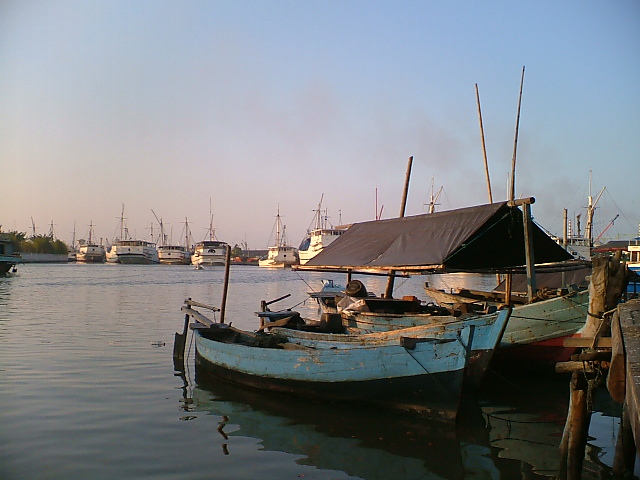This port, part of a Hindu kingdom-Sunda, was called Kelapa and witnessed the imperial rule of the Portuguese since 1513. The Portuguese built a warehouse and a fort in Kelapa in a measure to symbolize protest against the Muslim reign of the Sultanate of Demak brewing in the central part of Java. However, the city soon succumbed to attack by a youth, Fatahillah, who led Muslim soldiers from Cirebon and Demak on June 22, 1557. This is when Fatahillah changed Sunda Kelapa into Jayakarta meaning Complete Victory. Jakarta still celebrates its birthday on this date.

Jayakarta, was again renamed as Batavia in the 17th century by the Dutch imperial forces, who arrived in 1596 and built many fortifications in Jakarta. Jakarta’s History says at this time, that Prince Jayawikarta, a follower of the Sultan of Banten, a harbor town on the west of Jakarta, controlled the mouth of Ciliwung River from the western side. He also invited British forces to built houses on the western bank of the river to compete the stronghold of the Dutch in that area. However, when the interaction between the Dutch and Prince gradually grew sour, then the Prince attacked Dutch areas with the help of English troops and defeated them in 1618. Meanwhile, the relation between the Sultan of Banten and the Prince also deteriorated because the Prince laid the siege without taking permission from the Sultan. Finally, the Prince had to shift his base to Tanara , a part of Banten. This gave the Dutch the scope to reassert themselves and revive the relationship with Banten Empire. With the help of soldiers from Japan, Germany, Scotland, Denmark and Belgium, the Dutch then reoccupied Jayakarta and renamed it to Batavia to pay homage to the ethnic group of Batavier, who were the ancestors of the Dutch. The city, which henceforth was administered from a base about 500 meters from the Port, grew southward. However, the unplanned growth of the city harmed the ecological balance and thus was shifted to higher terrain by the Dutch forces. Though, the original remnants of the town of Jakarta, were entirely destroyed during the Dutch invasion, the name Batavia continued to be in use till 1942.
It was during the Japanese invasion in 1942, that Batavia was once again renamed Jakarta reminding of Jayakarta. Then the Indonesian war of Independence followed and continued till 1949 with the simultaneous attack by the Dutch. Finally, Indonesia was given the independent status by the Dutch and Jakarta was restored as the capital of Indonesia.
Tidak ada komentar:
Posting Komentar